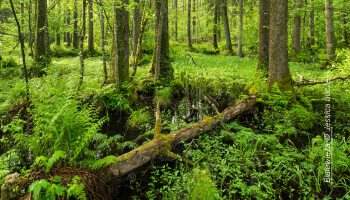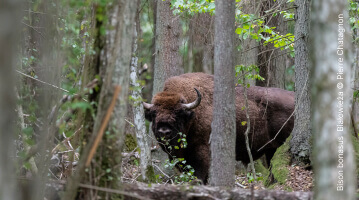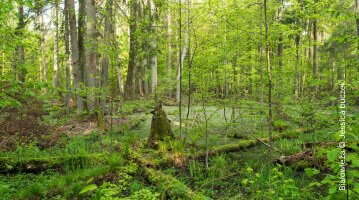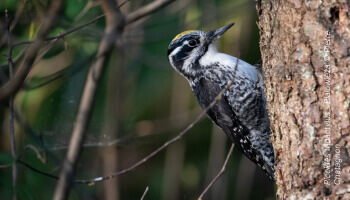Creating – or recreating – a primary forest
Even though these intact treasure troves of biodiversity only represent a third of the world’s forests – and have completely disappeared in some regions altogether – the good news is we can recreate them! To do so, the principle is as simple as it is groundbreaking: we just need to leave them alone! Whether we hand space back over to nature entirely or stimulate regeneration by replanting native species, primary forests are only a few centuries away from a rebirth!
The Miyawaki method – giving nature a helping hand
Established by the master Japanese botanist from whom it takes its name, the Miyawaki method is based on the concept of “potential natural vegetation”. In other words, it’s about identifying which native species would have made up the majority of a forest’s canopy cover if it hadn’t been damaged by human activity.
That means every location requires a slightly different approach, based on the local geoclimatic features. Once that initial research has been done, it’s time to prepare and germinate native shrubs in a nursery. The substrate is then prepared on the chosen plot before planting can begin – densely and randomly. Everything needs to be monitored for a few years before letting nature do its thing. Initial results start to become visible after 20-30 years, hopefully producing a rich, dense and resilient forest where biodiversity reigns supreme.
Very popular in Asian countries, the Miyawaki method has been emulated all over the world since it was first introduced back in the early 1990s. Projects such as the Great Green Wall in the Sahel region, the Bonn Challenge, the Trillion Trees Campaign and France’s Silva Replanting Project in Tarn have all drawn inspiration from the method..
The Francis Hallé philosophy or “the art of doing nothing”
Since 2019, the Francis Hallé Association for Primary Forests, named after its botanist founder, has set out a plan to recreate a 70,000 hectare primary forest in Europe. The approach is simple yet radical: do “nothing”. In short, it means allowing natural biological processes to take place by themselves, without any form of human intervention whatsoever.
How long will it take? Oh, only around 1,000 years if you start with completely barren soil, or 700-800 years if you start from a secondary forest! That’s how long it takes for high levels of biological diversity to return. A natural time frame, light years beyond our human perception of time. But if we can bear to simply leave forests alone, nature will step in and take care of the rest. Firstly, we have to make sure pioneer trees can grow and die off, including those already present like pines and birches, whose deadwood will help enrich the soil and promote diversity among fungi and insects. Then – and still without any planting whatsoever – the first post-pioneer trees will start to appear, including ashes, lindens and maples, which will help form the forest for over 3 or 4 centuries, before aging and gradually disappearing over time. Finally, they’ll give way to primary forest trees. At the moment, we’d expect to see oaks and beeches among them, but with climate change, it will be left to nature to decide which species are best adapted. As well as the trees, entire ecosystems will be rebuilt around increasingly abundant biodiversity in this freely evolving forest. Reintroducing large animals, such as bears and European bison, is thought to be the only helping hand nature will need, given they wouldn’t be able to find their way here alone.
It’s a mammoth task, but one that echoes the natural processes at work in forests when we simply leave them alone – either voluntarily or because we’ve forgotten about them – whether in a dark and mysterious valley in deepest China or a tiny urban plot in the heart of France!

What is a primary forest ?
Incredible sanctuaries of biodiversity and model ecosystems, primary forests are among the last places on Earth not yet disturbed by human activity. Without even knowing it, they’re an essential part of the chain that makes life on Earth possible, and they deserve our full attention!

Primary forests in Europe
The last survivors of a greener past and teeming with biodiversity, Europe’s primary forests deserve our full attention – and protection!

Other primary forests around the world
Whether boreal, temperate or tropical, primary forests still cover a few magical parts of the planet. But their surface area is continuing to dangerously decrease...

Different types of forests
Primary, secondary, natural, ancient, virgin or primitive... we’ll help you understand all the different categories of forest.
